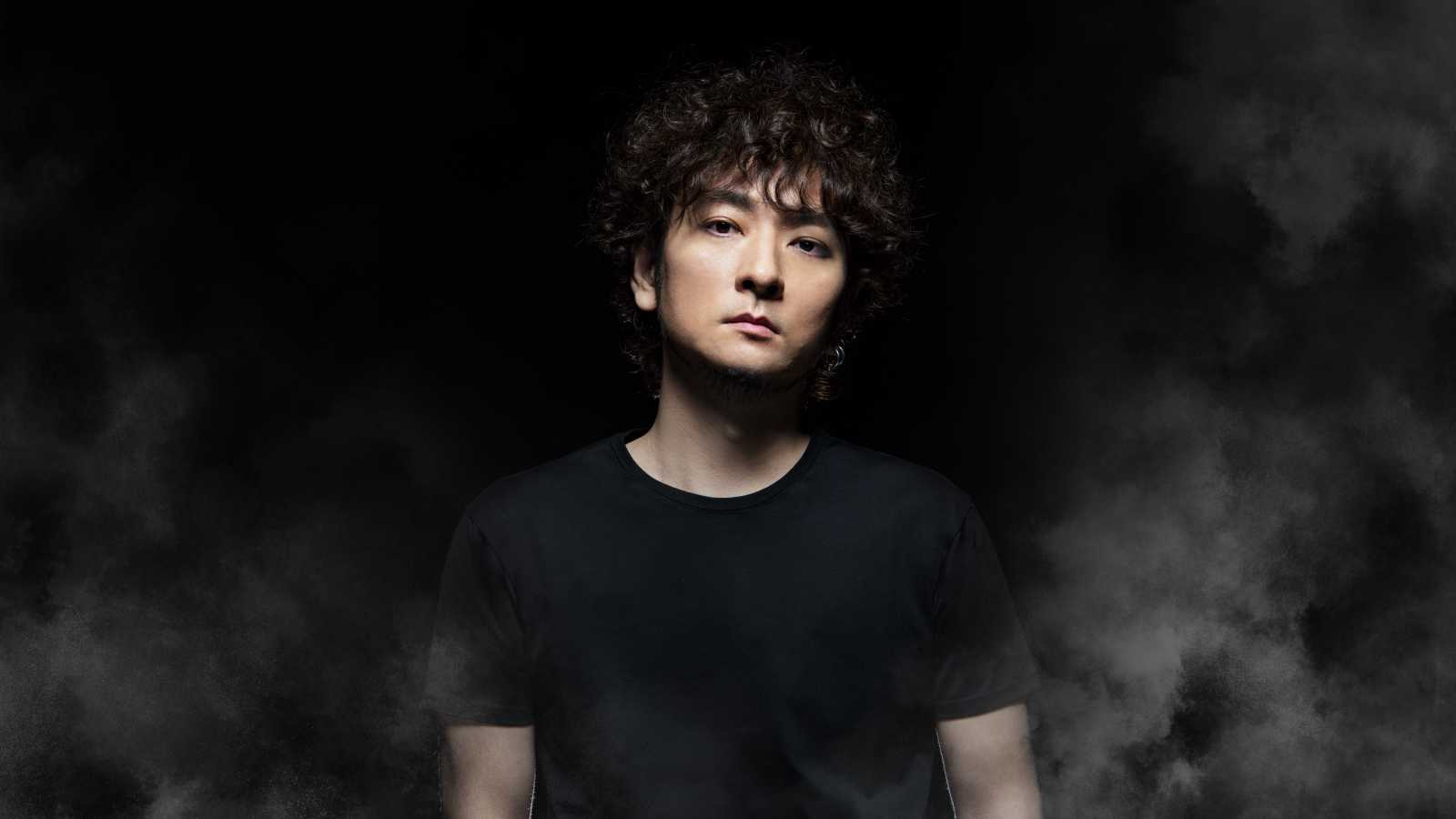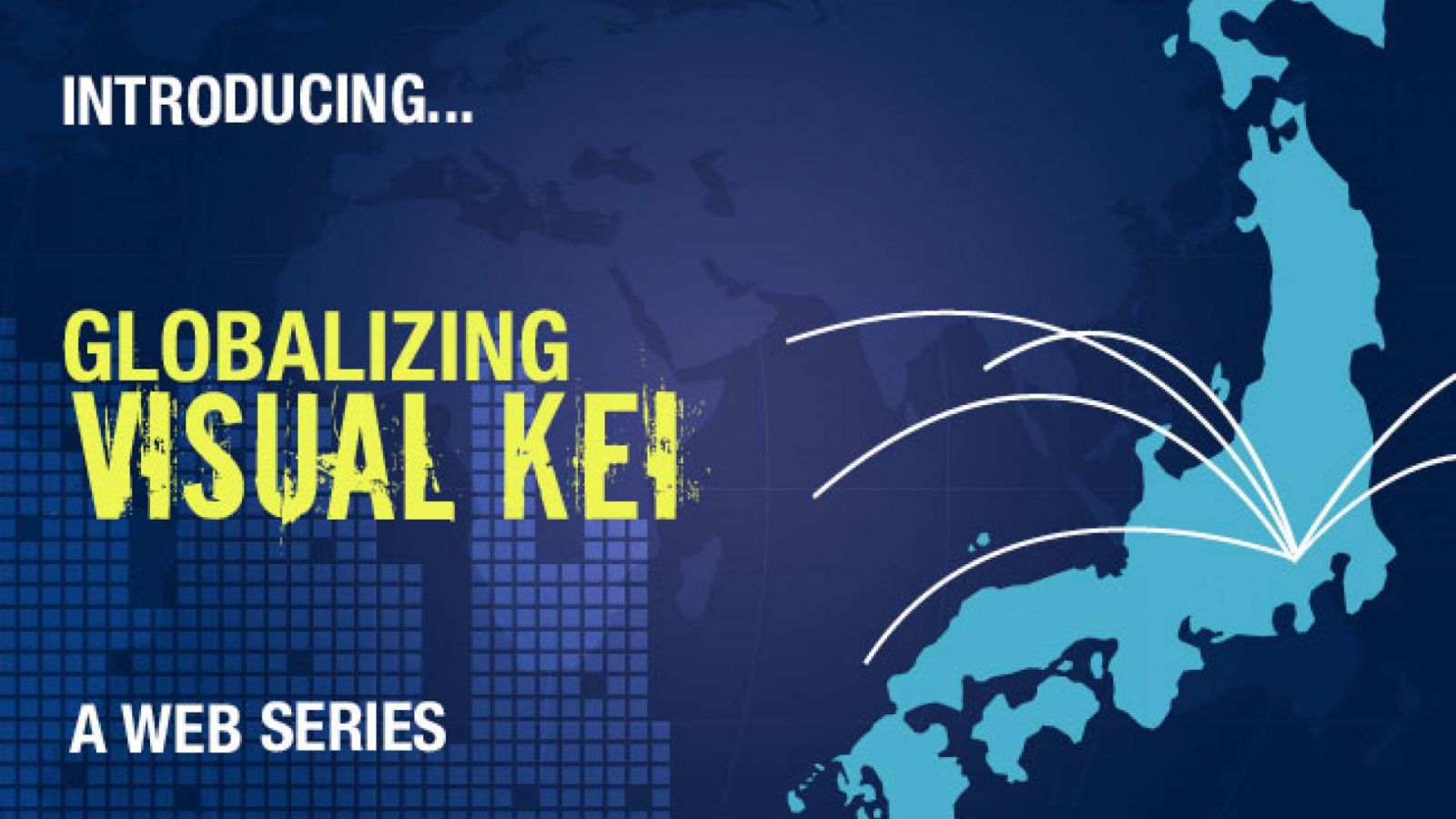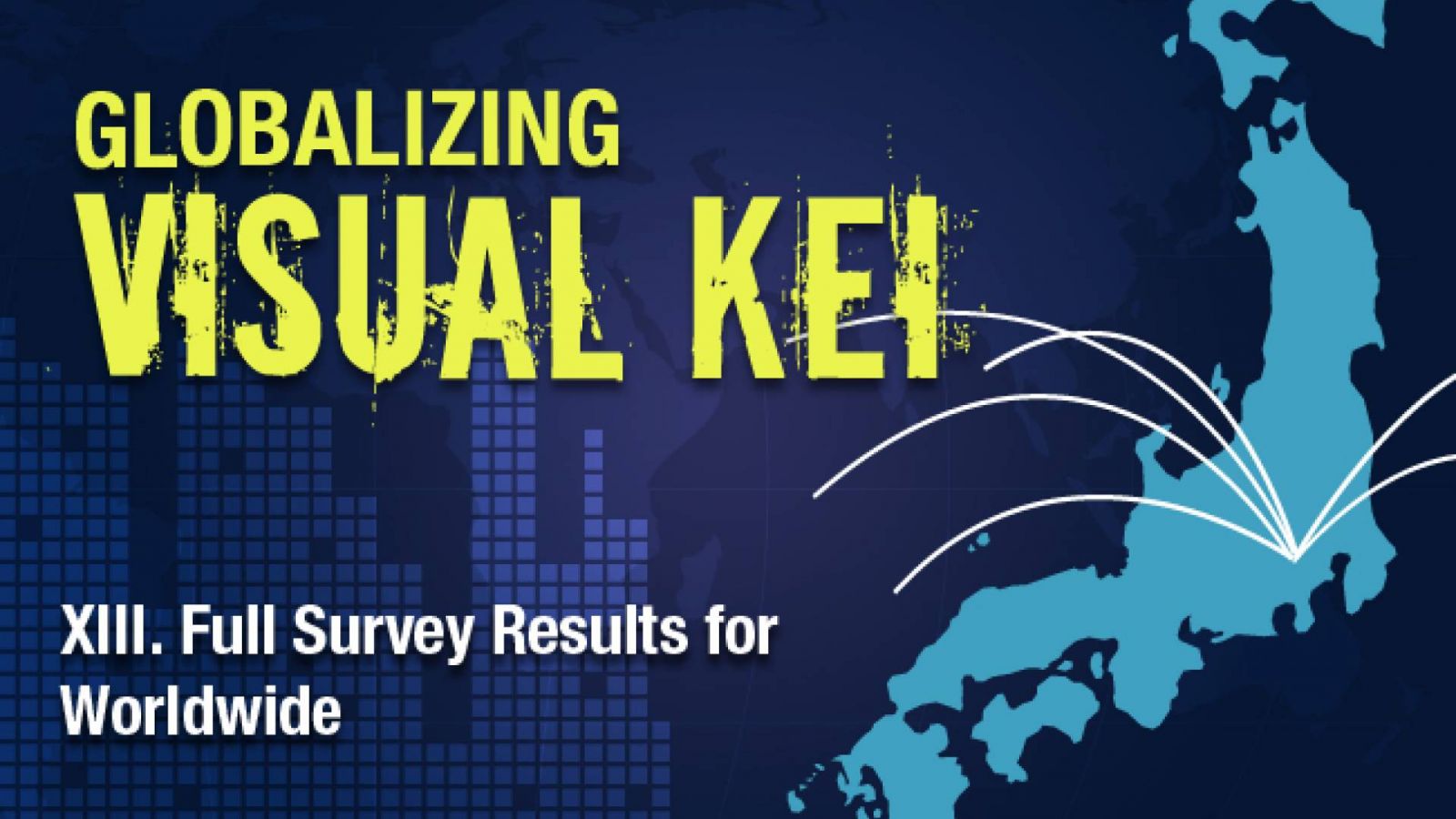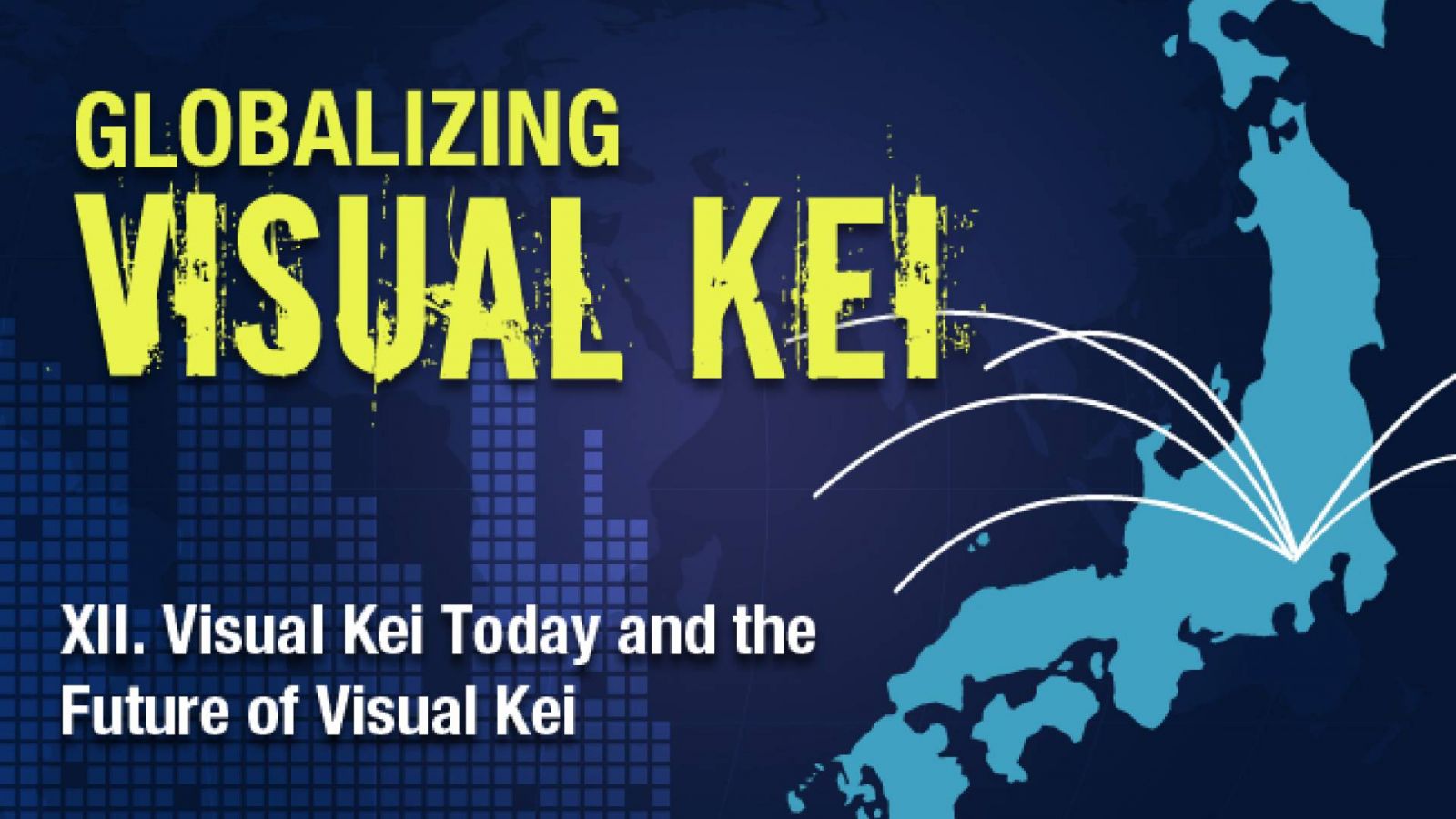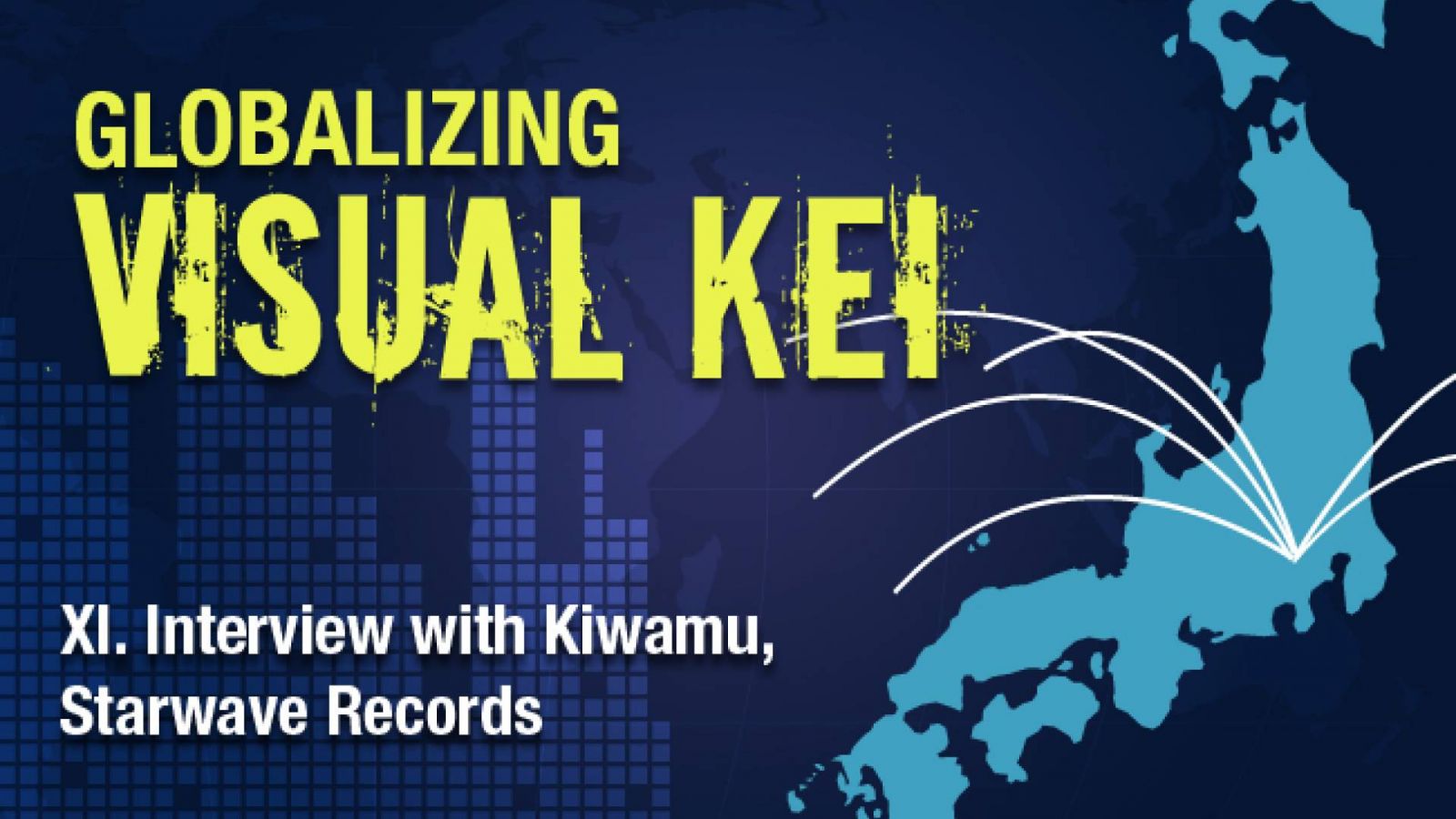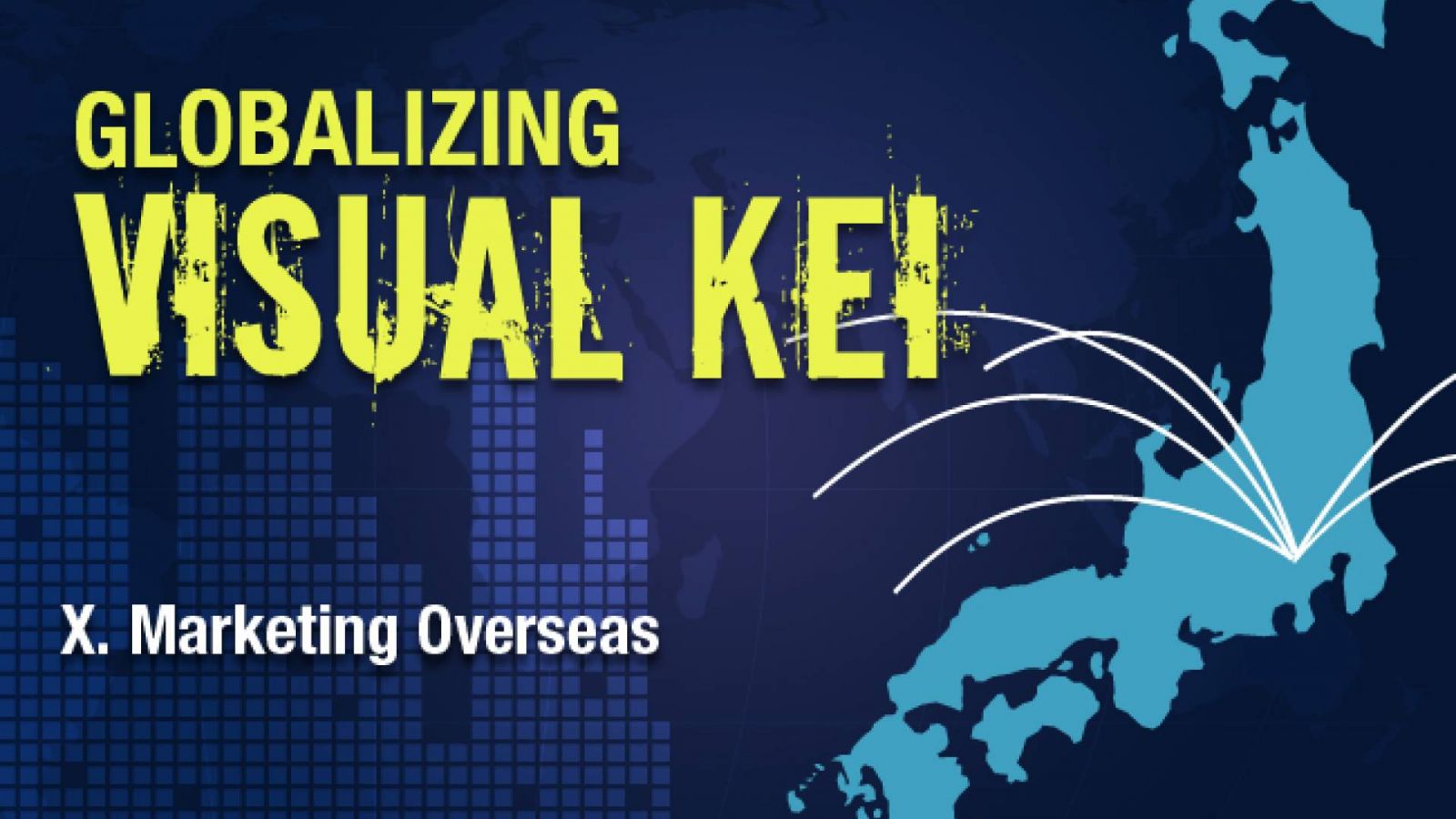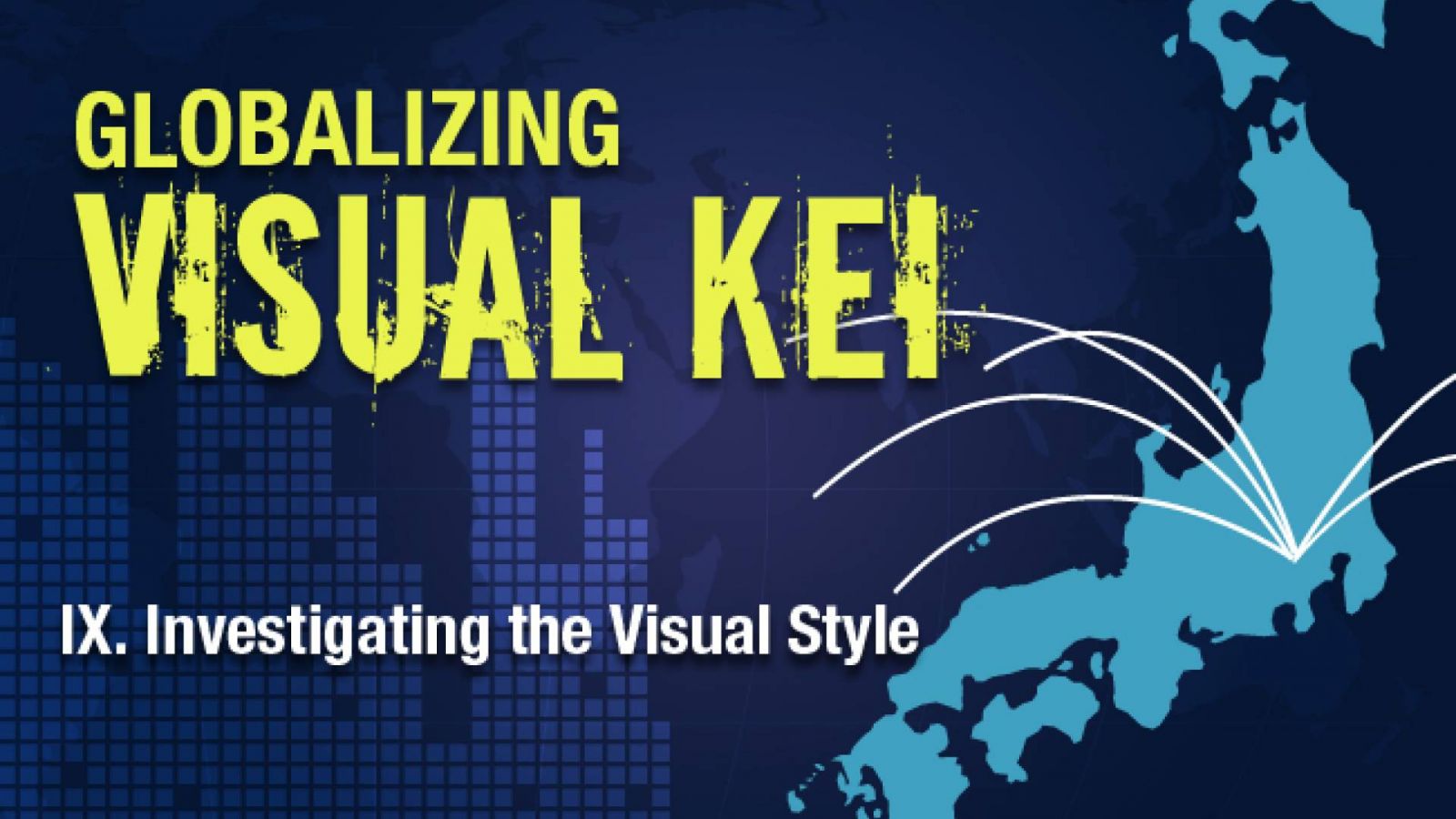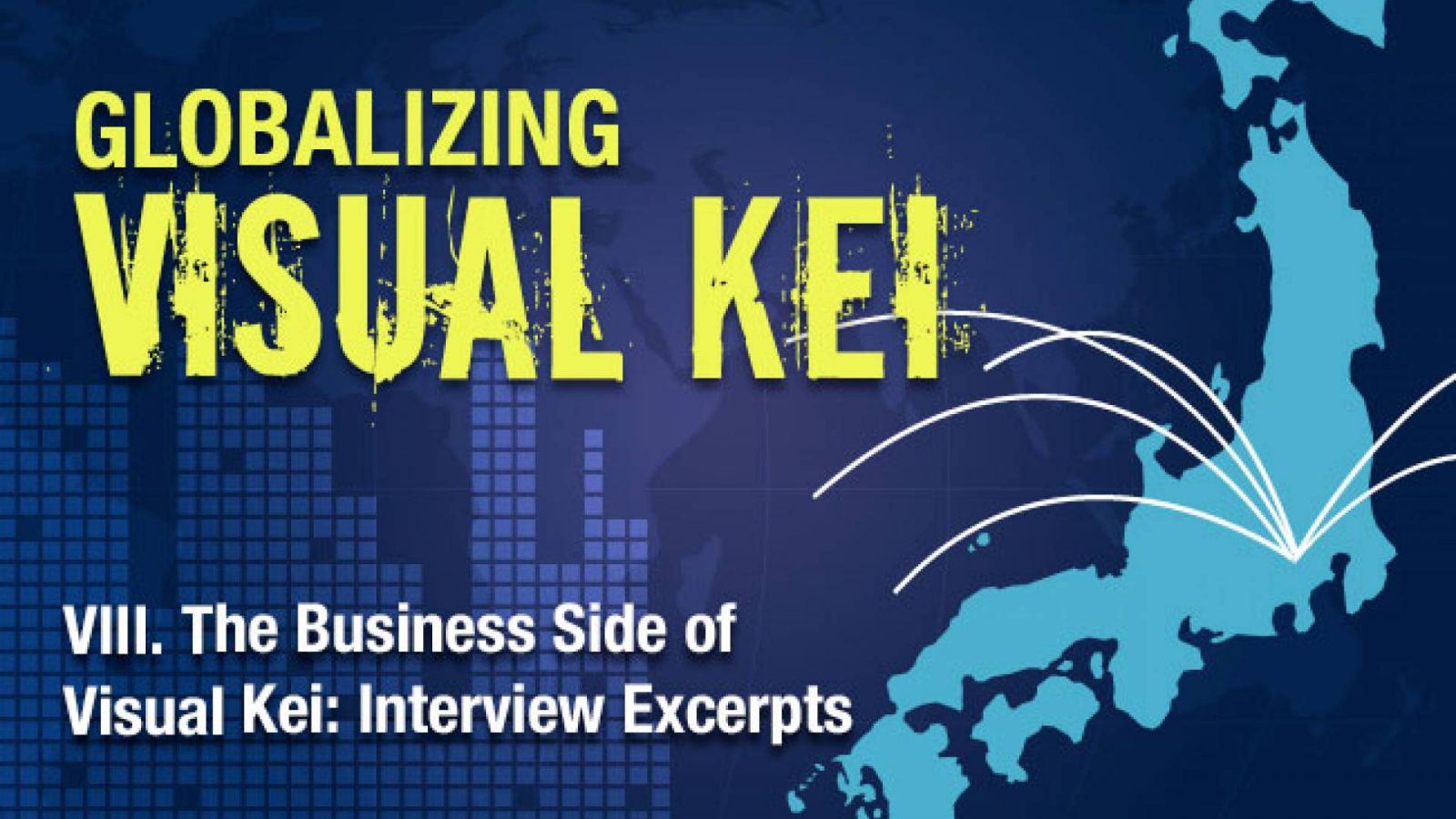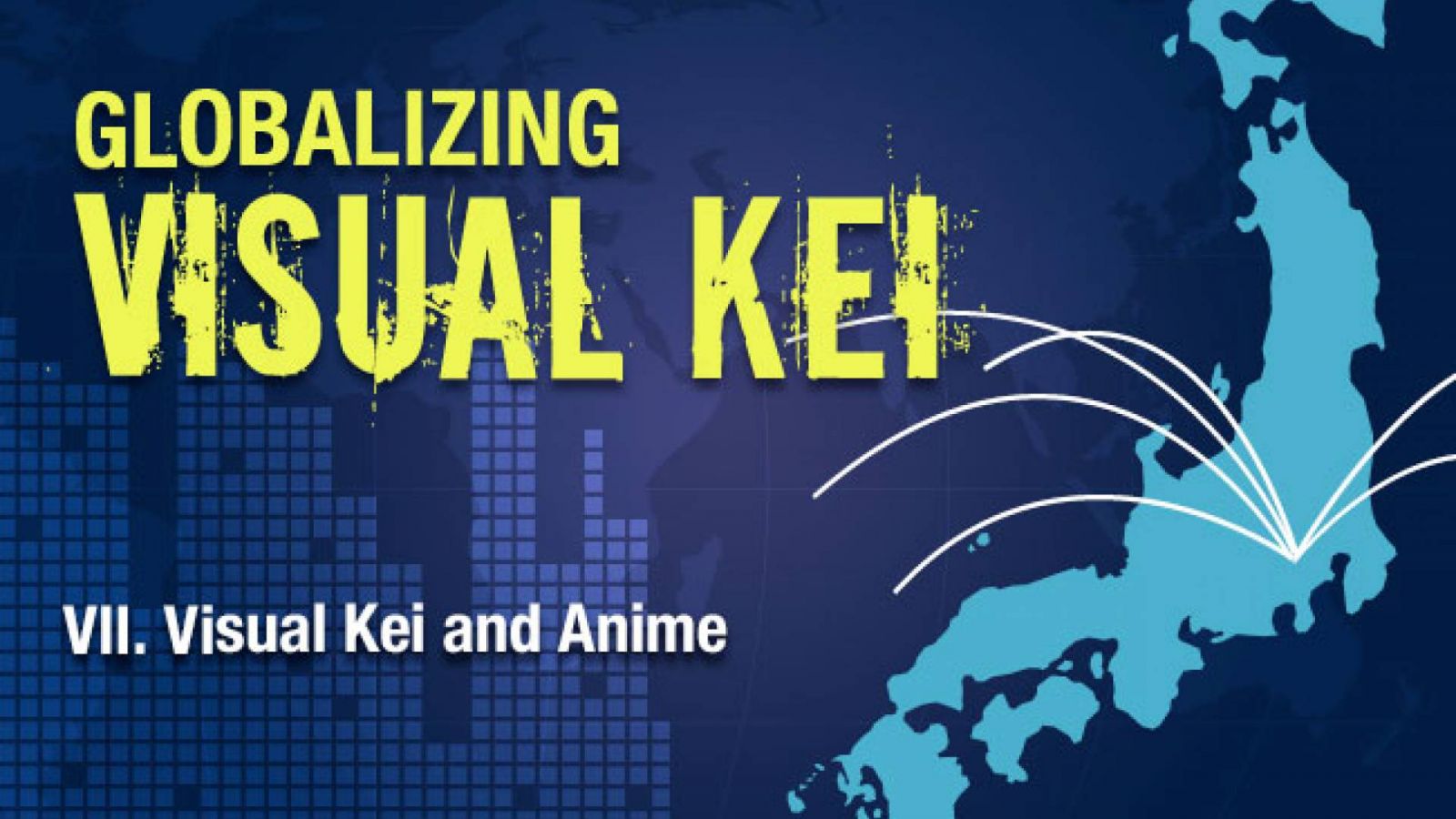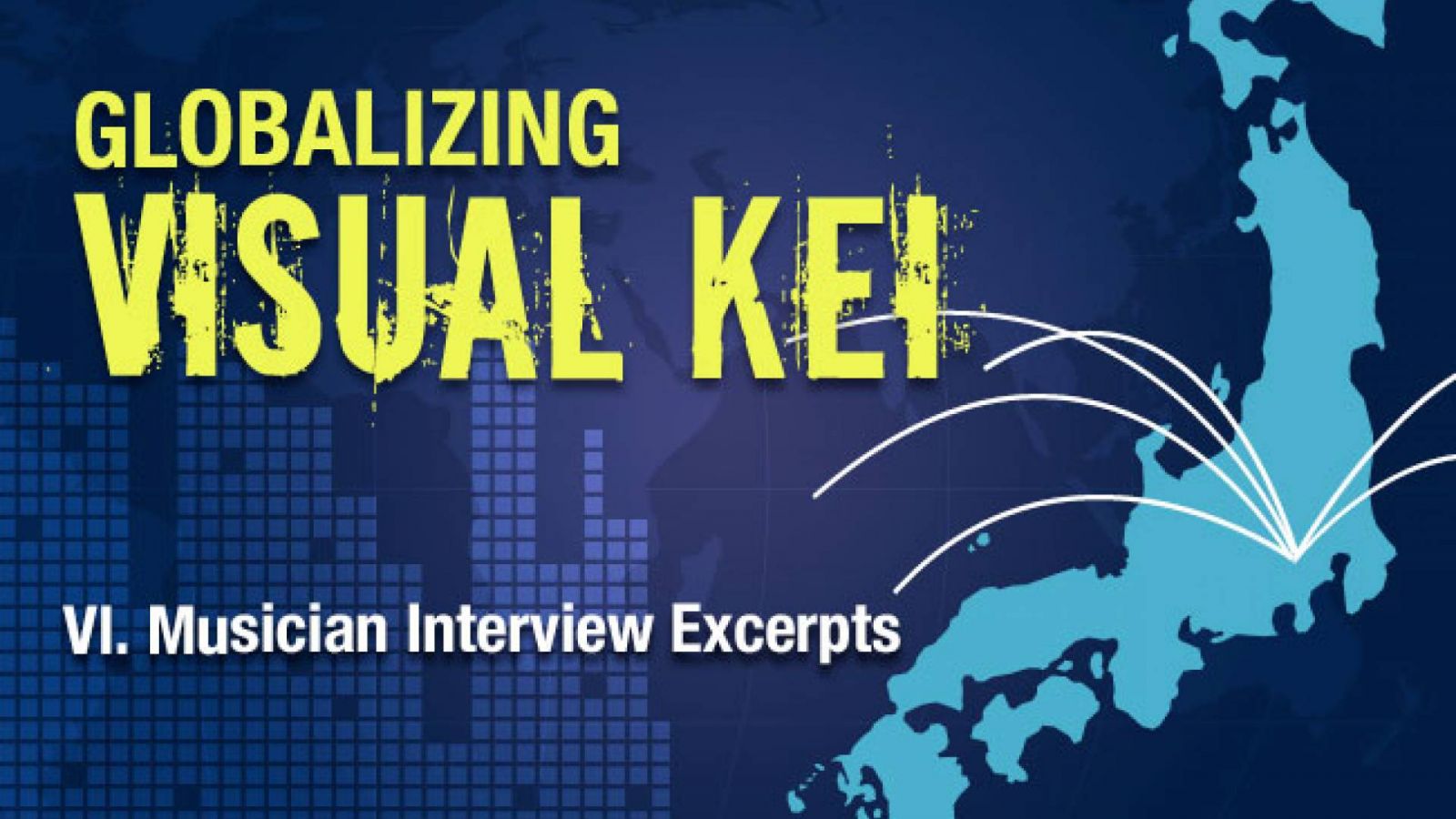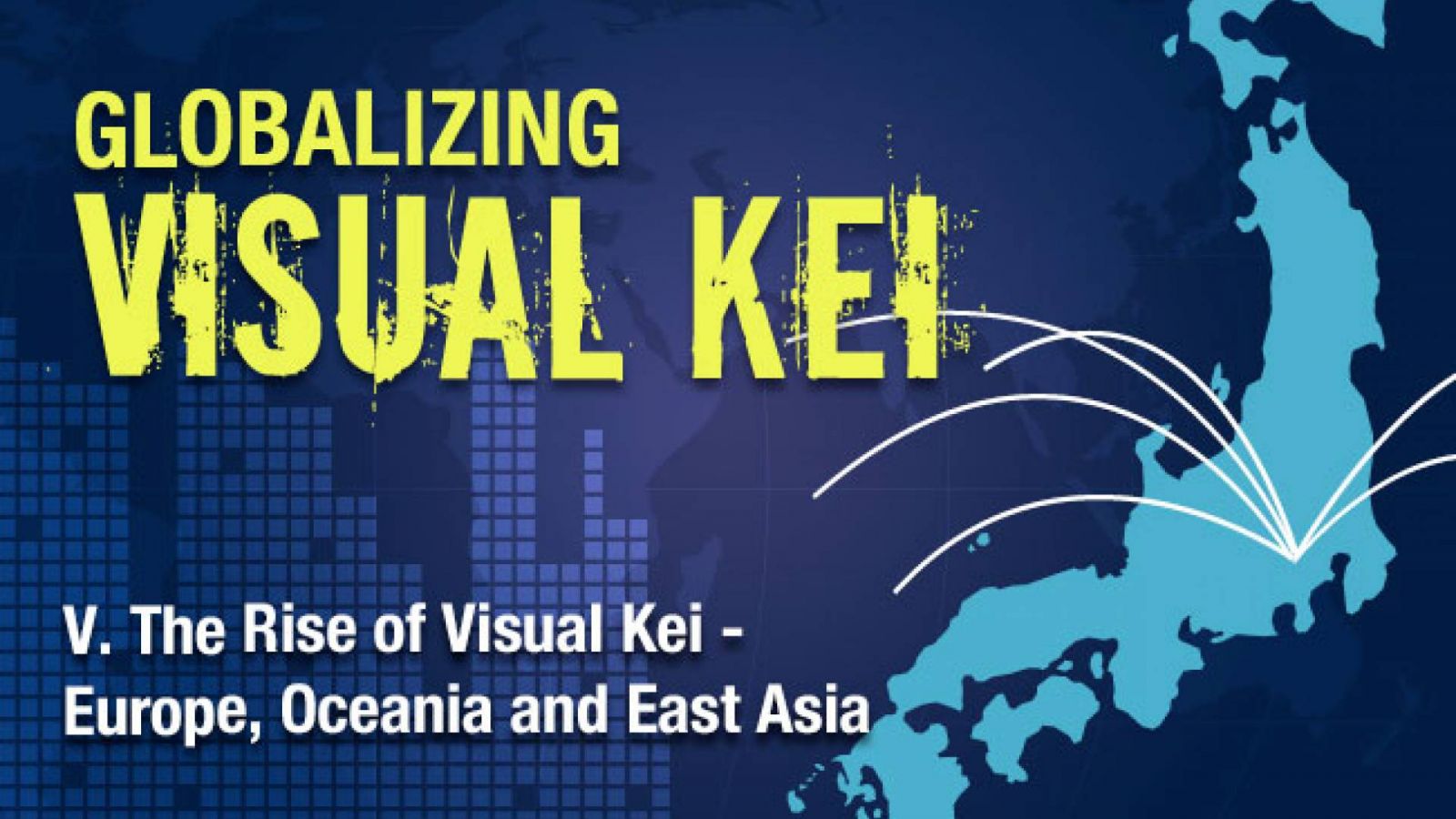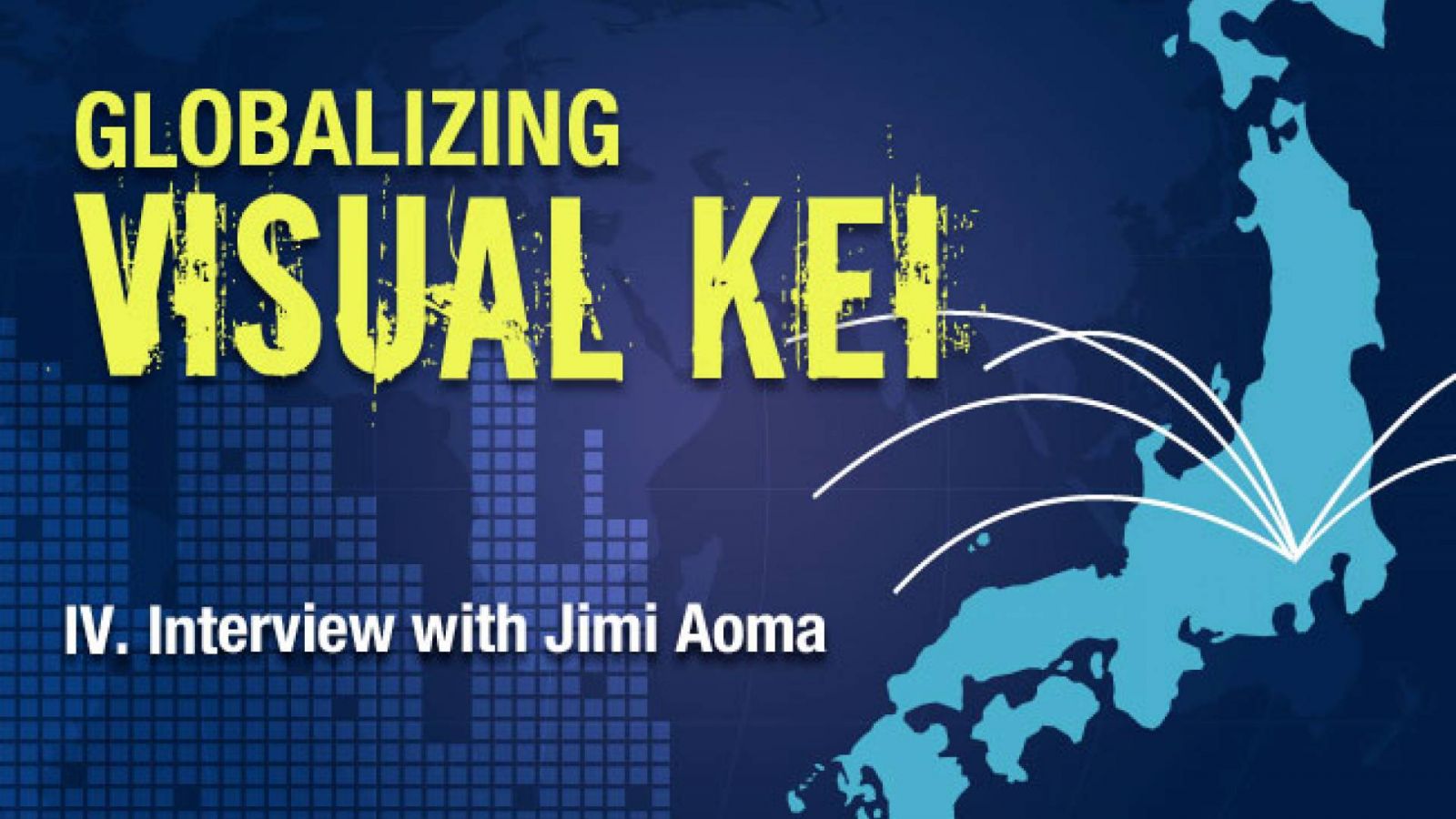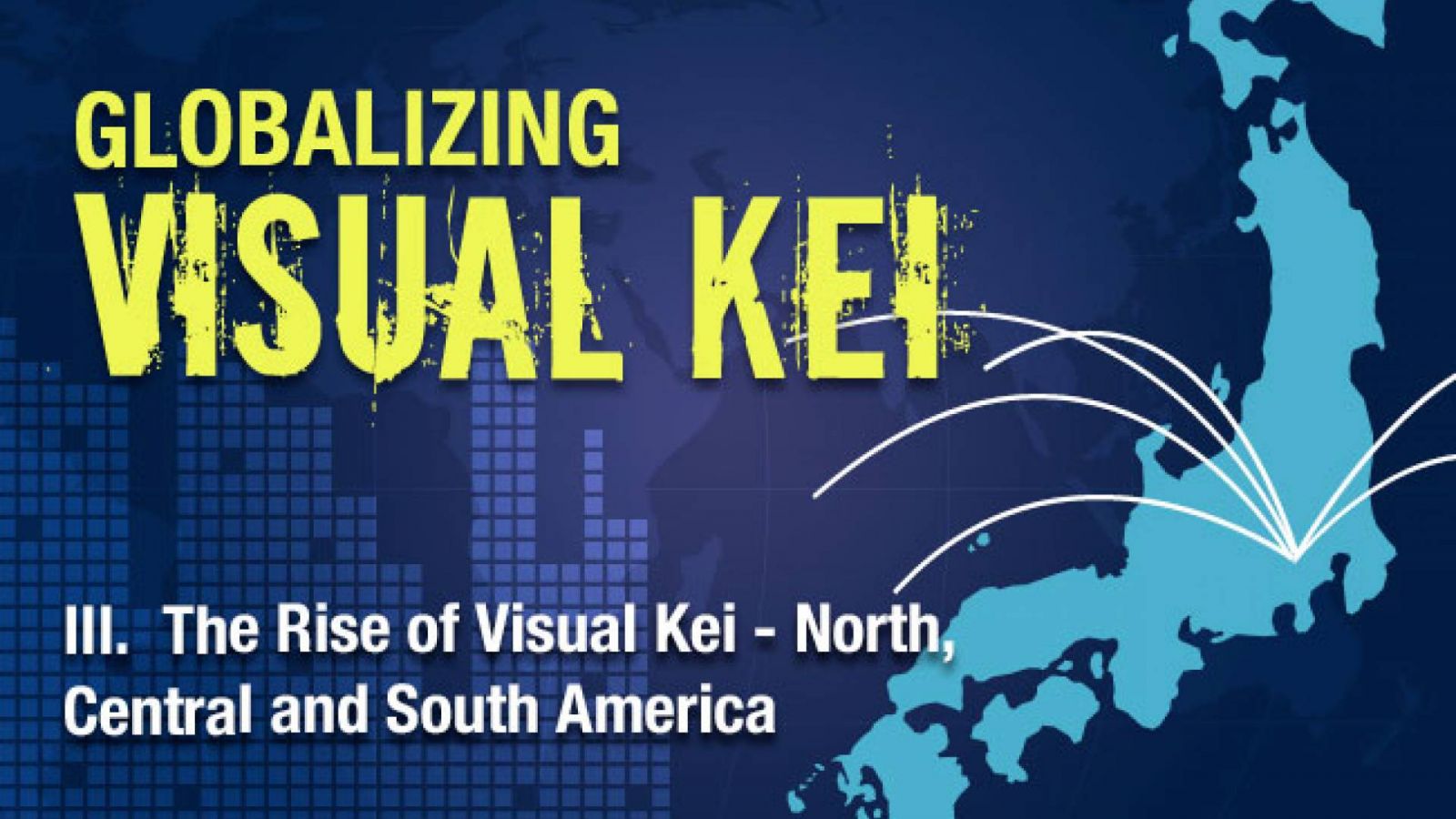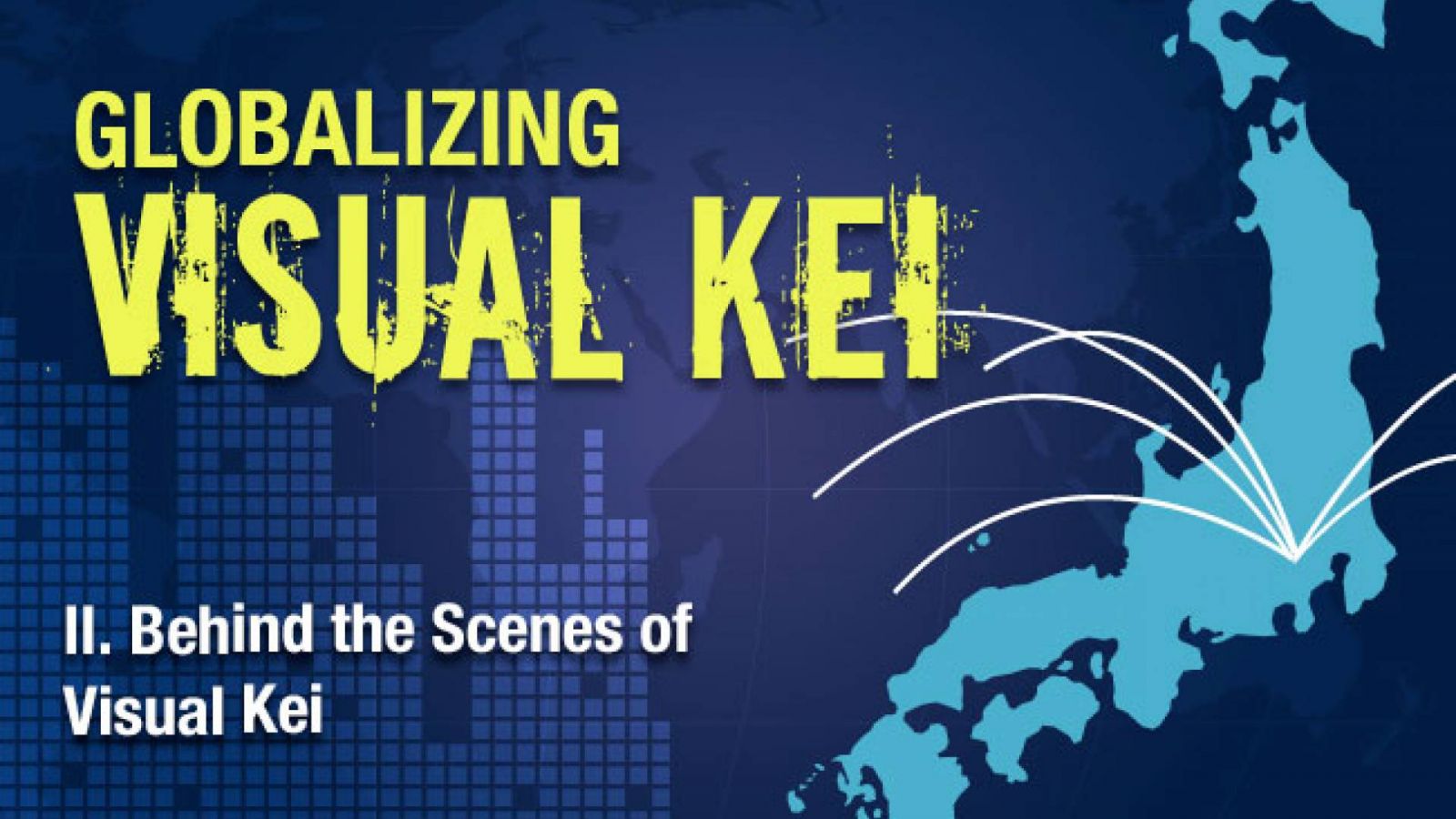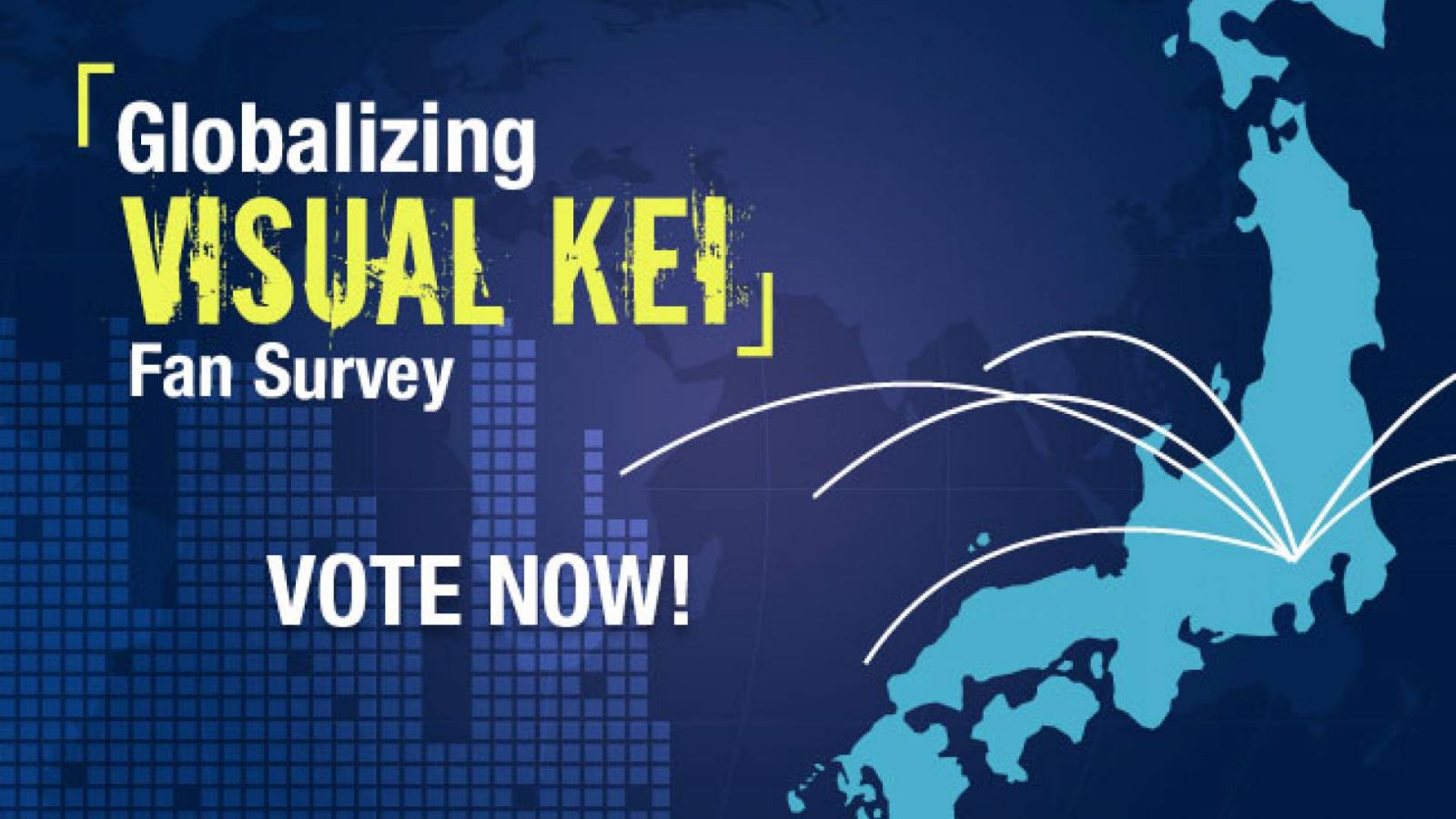While interest in visual kei was growing in international markets on nearly the same level, visual kei artists did not venture away from the United States for over two years after its initiation in western appeal. The pioneer artist who performed first in Europe in 2004 then Mexico in 2005 was
BLOOD. As
Kiwamu explained, he showed other bands that overseas performances were a feasible endeavor.
1 It became quickly apparent that the fanbase in Europe was large, and in its first year alone, fans saw a total of sixteen shows by five different bands. The scene skyrocketed and only has grown since, covering more countries and featuring more shows.
The Rise of Visual Kei in Europe
Soon after
BLOOD’s initial tour in Europe, the visual kei scene in Western Europe saw many new artists looking to build their overseas fandom. In its first year, 2004, fans saw performances throughout the continent from
KISAKI PROJECT,
Eve of Destiny and
D’espairsRay.
2
The following year brought much more: not only bands and concerts, but in terms of countries, too. While the primary locations for concerts remained in Germany and France, artists chose to also perform in smaller countries, spanning Austria, Sweden and others. This year saw numerous artists, including
kagerou and
MUCC. It was also in 2005, with their participation in MTV's
rock am ring and
rock im park festivals in Germany, that
DIR EN GREY helped to ignite the future concert cooperation of visual and non-visual artists.
By 2006, the concert count had nearly tripled from the previous year. In total, Europe received 76 shows that year, more than double the number of shows that occurred in the United States. Additionally, there were many more tours by individual artists than in previous years, with
Calmando Qual,
D’espairsRay and
kagerou just a few among many who trekked across Europe that year.
It was during this year that the non-profit organization Ukiyo-e was founded in Poland, which has to date successfully held over twenty concerts in the country.
3 The group has organized concerts involving a number of bands such as
Plastic Tree,
Gram∞Maria and
∀NTI FEMINISM. Ukiyo-e has since branched out and organized concerts in other countries as well, but Poland's early receipt of visual kei can be attributed primarily to their work, as well as other small promoters.
2007 was a particularly fun year for European fans. Despite a number of cancellations, Europe reached its peak with 23 different bands performing, marking the year a record high for individual artist performances. To date, there has not been a year which surpassed this. Interestingly, 2007 was the same year in which the United States also had a remarkably high number, though some of that success can be attributed to the
Jrock Revolution event.
Along with the higher volume of events, Europe has also seen several more multi-band events including
J-Shock and
Jrock Invasion in 2007. Like the United States, visual kei awareness soon infiltrated mainstream music. With previous successful festivals having mixed visual kei and non-visual artists still fresh in the public's mind, invitations were extended to
MUCC and
girugamesh to perform at
Tuska Open Air, a metal festival in Finland.
MUCC was additionally invited to the
Sweden Rock Festival, and the European
Rockstar Taste of Chaos tour between 2007 and 2008.
The years 2008 and 2009 were also record years in terms of number of performances, each surpassing 100 shows, with 2009 reaching 160. Over the course of these two years, fans saw a number of popular visual kei artists, including
An Cafe,
Kagrra, Dio - distraught overlord and many others.
The United Kingdom and Western Europe



In 2009, there was a spike of activity in Eastern Europe. While Poland had previously seen visual kei artists numerous times, nearly all other Eastern Europe countries had not. As a result, while some Western European countries began to decrease in concert activity over the next two years, Russia and its neighboring countries grew, with bands heartily responding to the demand. This rise in the east coincided with the spike of internet users in East Europe, with some countries jumping as much as 15% in just two years
4 as well as the rise in popularity of Japanese animation.
5
While it is purely speculative, we can try pinpoint some of the causes for the sudden activity surge, but the primary cause is most likely the internet. According to World Bank, from 2006 to 2008, internet usage increased in many countries of Eastern Europe.
6 For example, increases for the following countries were as follows: Russia 13%, Slovakia 17%, Hungary 14%, Czech Republic 13% and Poland 9%. These numbers are much higher than more modernized countries such as the United States and Germany, which only rose around 5%. However, this rise does not encompass all of East Europe, nor does the level of modernization truly determine the increase – some countries, such as Slovenia and Latvia, saw little more than a 5% increase.
Another aspect that can be attributed to the rise in activity from 2008 to the present is the birth of Eastern Europe and Baltic region promoter Kohaku Music,
7 as well as individual band’s interest in performing in these areas to meet the needs of fans.
Eastern Europe


Charting out both Western and Eastern Europe over the years, we have seen a climb in activity in certain countries, only to result in a downturn in others. Despite this fluctuation, bands are showing no signs of slowing down their overseas activity worldwide, with many shows already having taken place in 2011.
Visual Kei in East Asia
Visual kei’s first overseas activity began not far from home;
LUNA SEA’s 1999 tour marks the first documented visual kei activity outside of Japan, with a three-date tour starting in Taiwan and finishing in Shanghai.
8 They were not the only band to visit this year, and artists
Laputa and
GUNIW TOOLS, among others, performed at Hong Kong’s
Rock 'n' Roll Circuit 1999.
9
Over the next two years, countries in East Asia saw a number of shows, including the 2001
ROCK ON performance of
Dué le quartz10 and the subsequent fall tour featuring
Dué le quartz,
Kagrra, and
kagerou.
11 2002 brought
DIR EN GREY for the first time, where they held the East Asian part of their
Japanese Fucker Family tour across three countries.
12
There were several quiet years following the activities of 2002 before another visual artist ventured back to East Asia; in 2005
Nookicky broke that silence with the
COCONUT JUICE PARTY in Hong Kong.
13 One year later,
machine headed to Korea for the
Korea-Japan Friendship Live Vol-5.
14
In January 2007, the multi-band event
Shinrabanshou was held in South Korea, and fans saw the performances of
ayabie,
SCREW,
SERIAL⇔NUMBER and
wizard. By summer, the bands
jealkb and
LM.C appeared at
FORMOZ FESTIVAL 2007 in Taiwan, playing along side numerous non-visual artists, such as
HEAD PHONES PRESIDENT and
YMCK.
15
Between 2008 and 2009, fans in South Korea, Thailand, China and Taiwan saw seven visual performances, including
MIYAVI,
X JAPAN,
VAMPS and a reprise performance of
LM.C, along with
Plastic Tree at the Taiwanese festival
FORMOZ 2008.
16
2010 was a very active year primarily for Chinese and Taiwanese fans, who received the performances of several artists, including
DIR EN GREY and
D’espairsRay.
17

As evidenced by the chart above, East Asia has had a true rollercoaster of activity over the past decade. While their overseas activity remains superseded by most western countries, they have had a healthy history with many remarkable shows to date.
Visual Kei in Oceania
Frequently overlooked in world tours and overseas solo concert activities, Oceania has often received the “short end of the stick”; as a result, its history with visual kei is minimal. Despite its close proximity to Japan, there may be other attributes related to this lack of concert activity, including the apprehension that a strong fan base in Oceania does not exist. In the
Globalizing Visual Kei Fan Survey, less than 1% of votes were received from Oceania residing fans.
Only a few artists to date have visited Australia and surrounding countries including
BLOOD,
GPKISM and
MIYAVI starting in 2008. With its history dating back only three-and-a-half years and fewer than ten published total visual kei shows,
18 Australia, New Zealand and neighboring Oceania countries have not received many concerts, but this may change in the future.
Kaoru of
DIR EN GREY has said that the band is interested in performing in Australia in the future.
19 Further,
MIYAVI’s invites to EMI’s
One Movement Music Showcase in 2010
20 leaves room to hope that in future years, more visual kei artists will subsequently be asked to perform.
Next Time...
Join us next Sunday as JaME interviews musicians who have worked both in visual kei bands and alongside them, to see how the music world works from their point of view.
_______________________________________________________________
Author's Note: While I strove to achieve a very accurate account of the overseas visual kei scene, I am no expert, and I cannot guarantee this accounting is perfect. There may be artists I labeled as "visual kei" which readers may disagree with, and vice versa. I hope that you will find this history useful and insightful, and as accurate as possible. I apologize, however, if there is a show that fell between the cracks.
[1] Kiwamu , Starwave Records, E-mail interview with Author, Feburary 13, 2011.
[2, 16, 17, 18] “"JaME Schedule", 2011.
[3] "Past",Ukiyo-e, 2011.
[4,6] "Internet Users as Percentage of Population",last modified April 1, 2011.
[5] Allison Anne, Millennial Monsters. (Uni. Of California, 2006) 165.
[7] "Kohaku Music" 2011.
[8] "Luna Sea Official Home Page", 2011.
[9] "Rock ‘n’ Roll Circuit in Hong Kong", Hong Kong Tourism Board Japan, 2011.
[10] "Due le Quartz", last modified June 2, 2011.
[11] "Kagrra," King Records Official Site, 2011.
[12]"Timeline" Dir en Grey Official Site, 2011.
[13] "Nookicky HK Live 2005", 2005.
[14] "Machine Infinity", 2006.
[15] "April wadai no Taiwan Rock Festival ni tsuka syutsuen", Natalie, June 21, 2007, accessed June 1, 2011.
[19] Chad Bowar. "Dir en Grey Interview: A Conversation with Guitarist Kaoru", accessed June 1, 2011.
[20]"EMI’s One Movement Music Showcase - Come Along!", 2010, accessed June 1, 2011.






![HYDE [INSIDE] LIVE 2024 -EXTRA- at Makuhari Messe](https://www.jame-world.com/media/image/2024-11/_16-9_14951.jpg)

